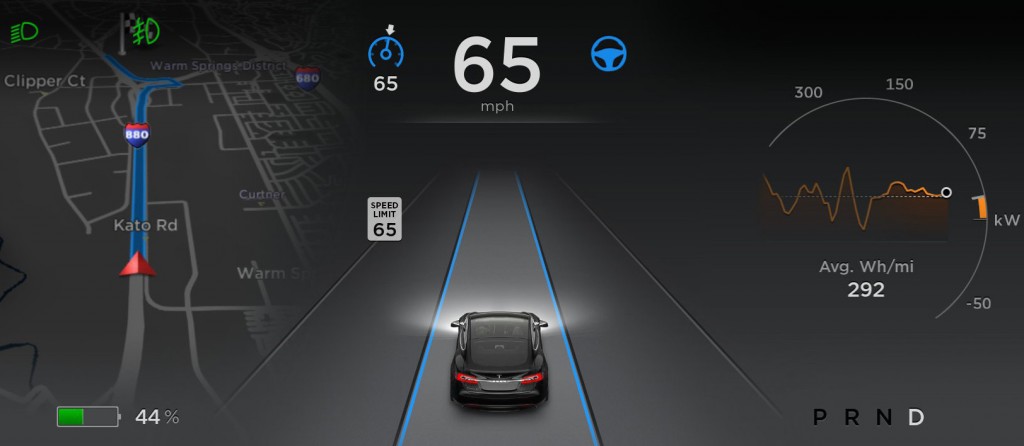Within days of it emerging that a driver of a Tesla Motors [NSDQ:TSLA] Model S died on May 7 when his electric sedan in semi-autonomous Autopilot mode ran under a trailer that was in the process of turning across a highway located in Florida, a Model X suffered a crash, this time in Pennsylvania, and according to its driver the car was also in Autopilot mode.
The Model X crash took place on July 1 and saw the electric SUV hit a guardrail before crossing the median strip and eventually rolling. Fortunately the driver, Albert Scaglione, and his one passenger survived.
In a statement to Reuters, Tesla said it is still attempting to determine whether Autopilot was switched on at the time, and that based on the information it has it has no reason to believe the crash was caused by the system.

Tesla Autopilot suite of features - with version 7.0 update
The National Highway Traffic Safety Administration (NHTSA) has since confirmed that it is investigating the latest crash in addition to the previous crash in Florida. In both instances the agency will look at the design and performance of the Autopilot system, primarily to determine whether the system worked according to expectations.
In a post on its official blog, Tesla reiterates that to use Autopilot the driver must first acknowledge that the technology is new and still in a “beta” test phase. The driver must also acknowledge that they need to stay alert, keep hands on the steering wheel and maintain control and responsibility for the vehicle at all times.
Autopilot, which only works in certain situations, was introduced as part of Tesla’s version 7.0 over-the-air software update launched in October 2015. The automaker is now preparing to launch a version 8.0 software update that may see some changes to the way Autopilot functions. One of these changes could be a new disable function should the driver consistently fail to respond to warnings to keep their hands on the wheel.
